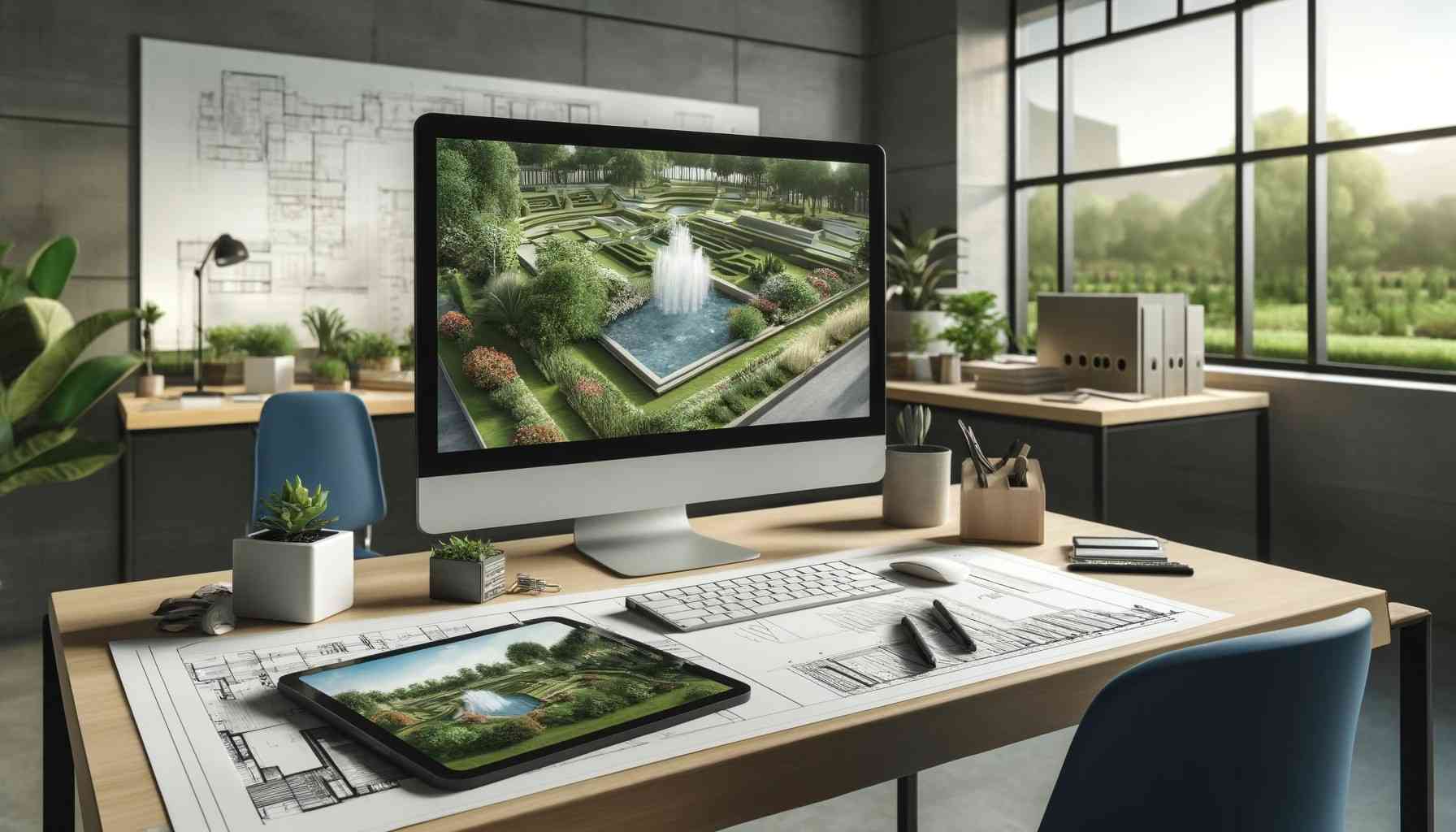
As we approach 2024, the field of landscape design continues to evolve, driven by technological advancements and a growing awareness of environmental sustainability. Landscape design software has become an essential tool for professionals in the industry, offering sophisticated features that enhance creativity, improve accuracy, and save time. This year, several exciting innovations are set to redefine the capabilities of landscape design software, making it more intuitive, powerful, and accessible than ever before. This article will explore these groundbreaking developments and how they shape landscape architecture’s future.
Enhanced 3D Visualization and Rendering
One of the most significant advancements in landscape design software for 2024 is the enhanced 3D visualization and rendering capabilities. Modern software now incorporates real-time rendering technologies that allow designers to create more realistic and intricate 3D visualizations of their projects. These capabilities enable clients to walk through their future landscapes virtually, experiencing the design in a dynamic and immersive environment before any work begins. This helps in better client engagement and allows for more precise planning and modification of the designs on the fly.
AI-driven Design Assistance
Artificial Intelligence (AI) is making a substantial impact across various industries, and landscape design is no exception. In 2024, more landscape design software will incorporate AI to offer intelligent design suggestions, automate routine tasks, and optimize the layout of landscapes for sustainability and aesthetics. AI algorithms can analyze site conditions, such as soil type, topography, and sunlight exposure, and suggest plants and features best suited to the local environment. This speeds up the design process and enhances the viability and sustainability of landscape projects.
Integration with Geographic Information Systems (GIS)
Another innovation set to expand in 2024 is the integration of Geographic Information Systems (GIS) with landscape design software. GIS integration allows landscape architects to access a wealth of geographic data directly within their design tools, including topographical, infrastructural, and zoning information. This integration provides a deeper understanding of the developed area, leading to more informed decisions and designs that harmonize with the natural and built environment. This can be particularly invaluable for large-scale projects like urban parks or new subdivisions.
Advanced Simulation Tools
As environmental concerns become more pressing, the ability to simulate various environmental factors within landscape design software has become crucial. The latest software versions offer advanced simulation tools to model water drainage, sunlight patterns, wind flow, and plant growth over time. These simulations help designers create landscapes that are not only aesthetically pleasing but also environmentally responsive and resilient. By predicting how a landscape will interact with natural elements, designers can make preemptive adjustments to improve sustainability.
Cloud-based Collaboration and Project Management
The shift towards cloud-based solutions is profoundly affecting landscape design software. In 2024, more platforms will offer cloud-based services that facilitate real-time collaboration among project teams, regardless of their physical location. This feature is particularly useful for large projects involving multiple stakeholders, including architects, contractors, and environmental consultants. Additionally, cloud-based software often includes integrated project management tools, making tracking project progress, managing budgets, and maintaining timelines easier.
Increased Focus on User Experience
User experience is a critical aspect of software development, and landscape design software developers are now emphasizing creating intuitive and accessible interfaces. The latest software features streamlined workflows, customizable toolbars, and interactive tutorials that cater to seasoned designers and field newcomers. This ease of use encourages more professionals to adopt advanced technology in their design process, ultimately raising the industry’s overall standard.
Sustainable Design Features
With a growing emphasis on sustainable practices, landscape design software now includes features specifically aimed at creating eco-friendly designs. These tools help designers select native plants, design efficient irrigation systems, and incorporate green infrastructure elements such as rain gardens and permeable pavements. Software developers are crucial in promoting environmental stewardship within landscaping by facilitating more sustainable design practices.
Conclusion
The innovations in landscape design software for 2024 are set to transform the landscape architecture field, offering tools that are more powerful, easier to use, and more focused on sustainability. These advancements are enabling landscape professionals to push the boundaries of what is possible in designing outdoor spaces that are beautiful, functional, and kind to our planet. As we progress, landscape design software’s continued evolution will unlock new creative potentials and help build a more sustainable future.
